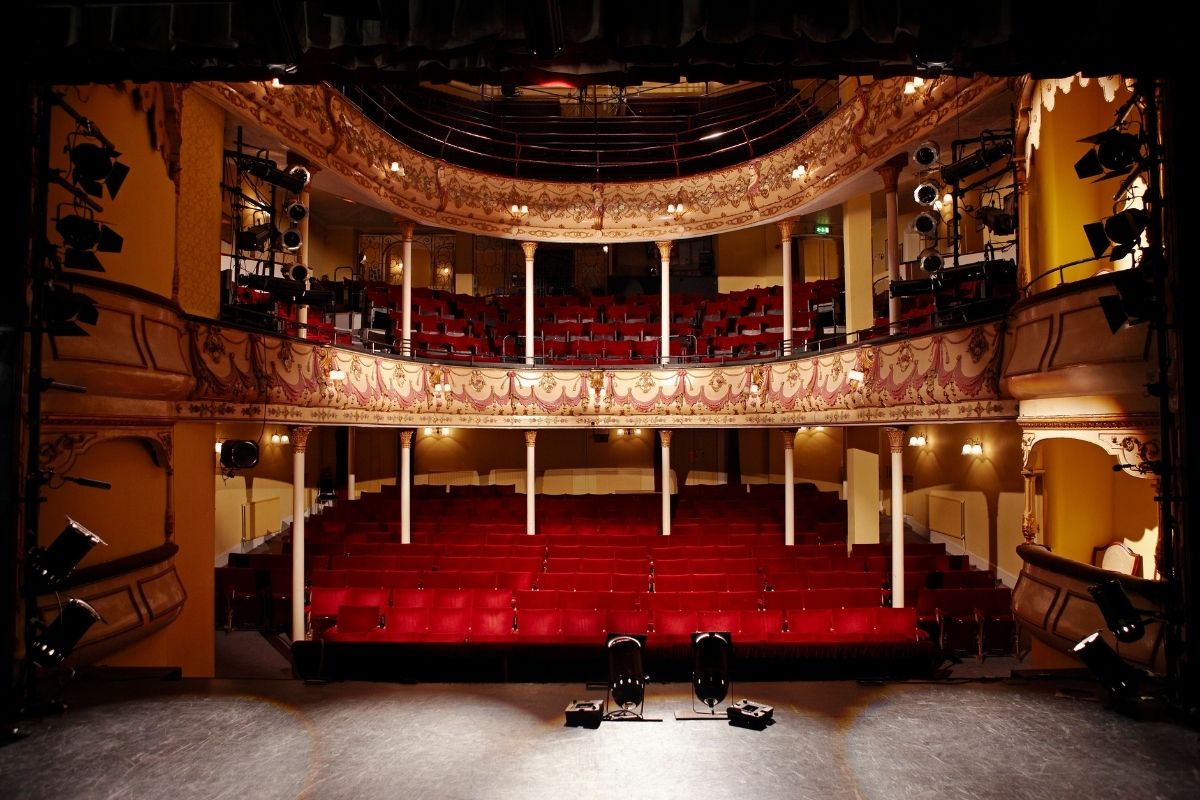The incredible visibility of global sports creates an unprecedented platform to start really important conversations about things like racism and homophobia. To win gold medals for one’s country and still feel like a second-class citizen is the bitter paradox facing many colored Americans. “Because we were black athletes, what we were supposed to do is run real fast and go home, smile, get pats on the back, and still be relegated to second-class living,” says Tommie Smith.
Tommie Smith sets a new world record in the 200 meters with John Carlos taking the bronze. “And I’m supposed to stand up there and look at the flag,” Smith continues, “put my hand over my heart, saying how proud I am because the flags are representing me. I don’t think so, because it did not. So when the national anthem started playing, I was not looking at the ground. I was saying the Lord’s prayer, my head bowed, and my fist went up in the air.” He went on to say, “I wore black gloves to represent social power or black power. I wore socks. No shoes represented poverty. I wore a black scarf around my neck to symbolize the lynching, the hangings that black folks went through while building this country.”
In 1968, when John Carlos and Tommie Smith took the platform at the Olympic games and chose to raise a gloved fist in protest, they were taking a chance that they might never be able to compete at the highest level again. That sacrifice made a conversation happen across the world, which still echoes today. When Colin Kaepernick took a knee during the star-spangled banner, he was putting his career on the line to get a conversation started about police brutality.
Kaepernick says, “A lot of things that are unjust, people aren’t being held accountable for. And that’s something that needs to change. One specifically is police brutality. There are people being murdered unjustly and not being held accountable. Cops are getting paid leave for killing people. That’s not right.”
People are questioning whether this was the right venue for it, whether it’s possible to still appreciate America and be a patriot, and kneel for the national anthem. I don’t think Colin has anything against America, per se. He has an issue with what’s happening in America. This is the kind of conversation that’s getting started, and sports are an extraordinary venue to make this happen.
In the Sochi winter games, there was this question that a lot of athletes had to ask themselves; whether they would go to compete in a country that has laws that are explicitly homophobic and discriminatory against people who identify as gay. There were some athletes who chose not to participate, which is one form of protest. There were some who chose to go but chose to be very openly supportive, either as allies or as people who were gay themselves, in a forum that would be hostile to them – which is another way to take a stand.
There’s no better location to get these conversations started because so many people are watching. Many middle schoolers in the US, Tanzania, or India, who had no idea about the kinds of policies that exist in Russia, were then exposed to it and having conversations about their own policies at home that may or may not be explicitly discriminatory. Sports management education, as well as online sports management education, have the task of including these difficult and controversial conversations to push sports management and sports (as a whole) in the right direction.



